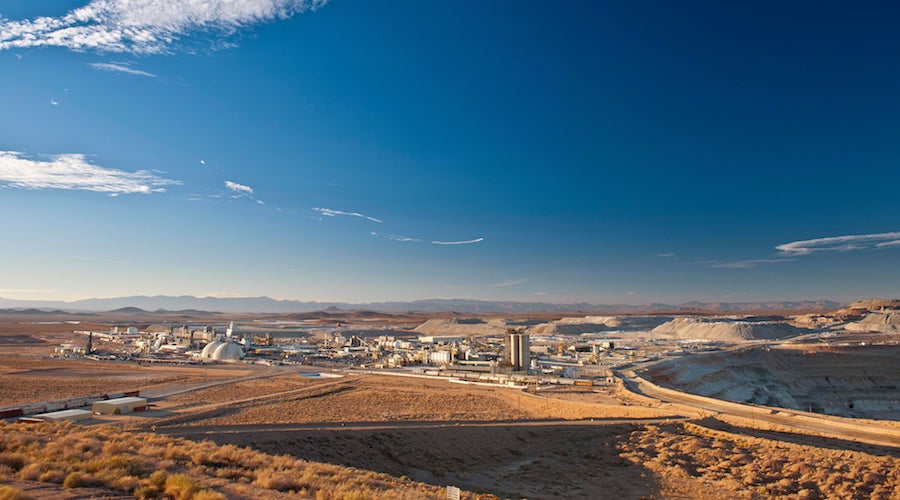U.S. to become world’s top oil producer: Goldman Sachs
Who do you think will be the world’s largest oil producer a few years from now? Saudi Arabia? Russia? Canada with its Oil Sands?
Evidently it could be good old Uncle Sam, says Goldman Sachs. And you can thank the Shale Revolution for putting America on top.
The Sunday Times in England recently quoted a report released by Goldman Sachs that predicts America will become the world’s largest oil producer by the year 2017. This estimate was obtained by using a different definition of oil and utilizing generous estimates for liquids-rich shale production, according to the website, TheOilDrum.com.
(I have to confess, I searched everywhere for this report and couldn’t directly access a copy of it. Maybe that’s why the mainstream media didn’t pick up this story much—nobody could get it. I doubt most industry experts would put NGL liquids in with oil.)
Using these new parameters, the Goldman report predicts that U.S. daily production of oil will rise to 10.9 million barrels in 2017 from (what the Goldman report allegedly says is) the current level of 8.3 million barrels, according to the Sunday Times.
Goldman Sachs’ prediction would place U.S. production higher than that of Saudi Arabia and Russia. Press reports stated that Russia will not increase its current production of 10.7 million barrels of oil per day by any more than 100,000 barrels in the coming years. For what it’s worth, Saudi Arabia says it can produce 12 million barrels of oil per day by 2020, reports The Oil Drum.
Is that kind of US production growth even possible? That’s six years to increase production 2.6 million bopd – or 450,000 bopd per year. And that’s NET new production–investors need to remember that wells decline each year—and the shale wells decline A LOT. The global energy complex is on a hamster wheel to continually replace production with new reserves.
You might think that’s a stretch, but James Burkhard, the managing director of IHS CERA’s Global Oil Group, said at a Montana Petroleum Association conference that U.S. production of oil increased by 1.2 million barrels of oil per day (bopd) between 2008 and 2010—or 600,000 bopd per year. This reversed four decades of steadily decreasing domestic oil production.
“Not only have we reversed the trend, we’re reversing that in a very big way,” Burkhard said.
So it’s possible.
There is one small issue with this mysterious Goldman Sachs report. How it arrived at the current production level of 8.3 million barrels of oil per day is ambiguous. June oil production for the country averaged 5.6 million barrels per day in June, the Energy Information Agency (EIA) reports.
Predictions for U.S. oil production released by the EIA differ from the figures released by Goldman Sachs. U.S. crude oil production will increase to roughly 6 million barrels of oil per day by 2020, according to the agency’s 2011 Annual Energy Outlook. The EIA attributes gains in production to larger shale oil resources and new enhanced oil recovery techniques. The agency states that the Eagle Ford shale, Bakken formation and the Marcellus shale will all contribute to this rise in production.
Thomas Petrie, vice-chairman of global corporate and investment banking at Bank of America, offered another estimate. He told Reuters that over the next five years, U.S. oil production stemming from shale plays such as Eagle Ford, Bakken and Niobrara could potentially increase to 2 million barrels per day.
Increased oil production in the U.S. hinges on a number of important plays located across the country — almost exclusively due to the Shale Revolution.
One of these plays, the giant Bakken shale, has grown rapidly in recent years. Production at Bakken-Three Forks has climbed to around 400,000 barrels per day and some industry insiders believe that number could eventually be greater than 1 million barrels of oil per day. The Permian basin will significantly contribute to rising production of U.S. oil. Permian production was at 841,000 barrels per day in 2004, according to Well Servicing Magazine. The Oil Drum estimates that in 2010, this figure crept up by 100,000 barrels a day.
Another play that could contribute significantly to production is the Marcellus shale. A United States Geological Survey report released in August estimates that the Devonian Marcellus shale formation holds 84 trillion cubic feet of natural gas that could be recovered and 3.4 billion barrels of untapped natural gas liquids.
The Utica shale, which exists below Marcellus, is another play that holds significant potential. Aubrey McClendon, President of Chesapeake Energy, told The Gartman Letter that it currently has 12 horizontal drills that are active in its section of the Utica. Some estimates put the amount of oil in the Utica formation at 5.5 billion barrels.
Even if the Goldman Sachs prediction turns out to be true, the Oil Drum reports, the US would still need to import half its oil at current consumption levels.
Keith Schaefer
P.S. While things are heating up in the U.S., there’s a play north of the border that’s gaining in visibility as it increases exploration activity. The following research report explains what’s happening right now in the play, and one junior oil company’s tremendous short-term gain potential. Click here to read the report.
More News
{{ commodity.name }}
{{ post.title }}
{{ post.date }}




Comments
MnkyLv
11 Mb/d is low given current U.S. and global demand, and that will certainly rise by 2017.